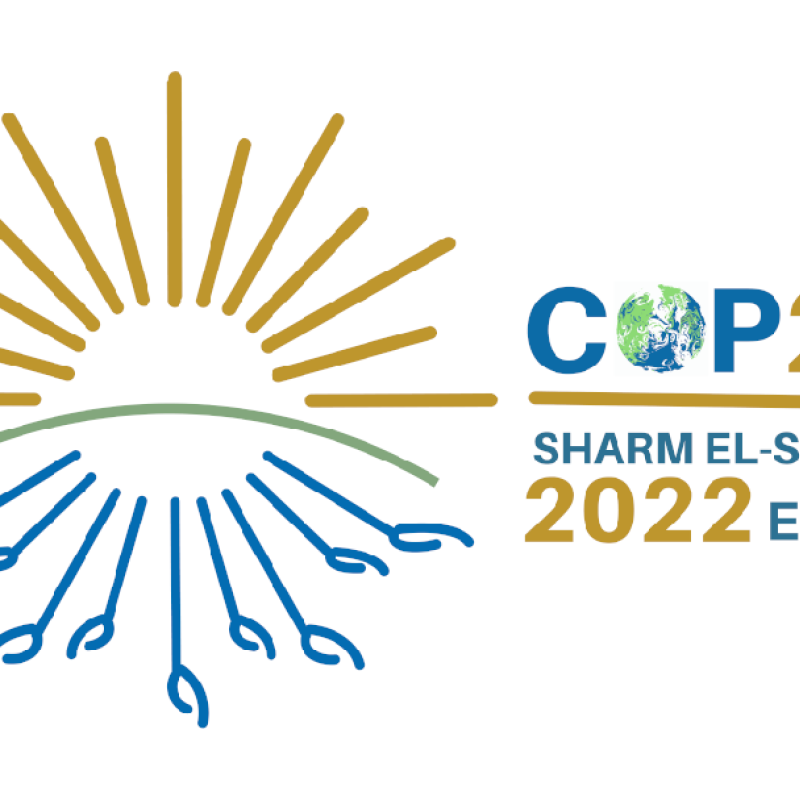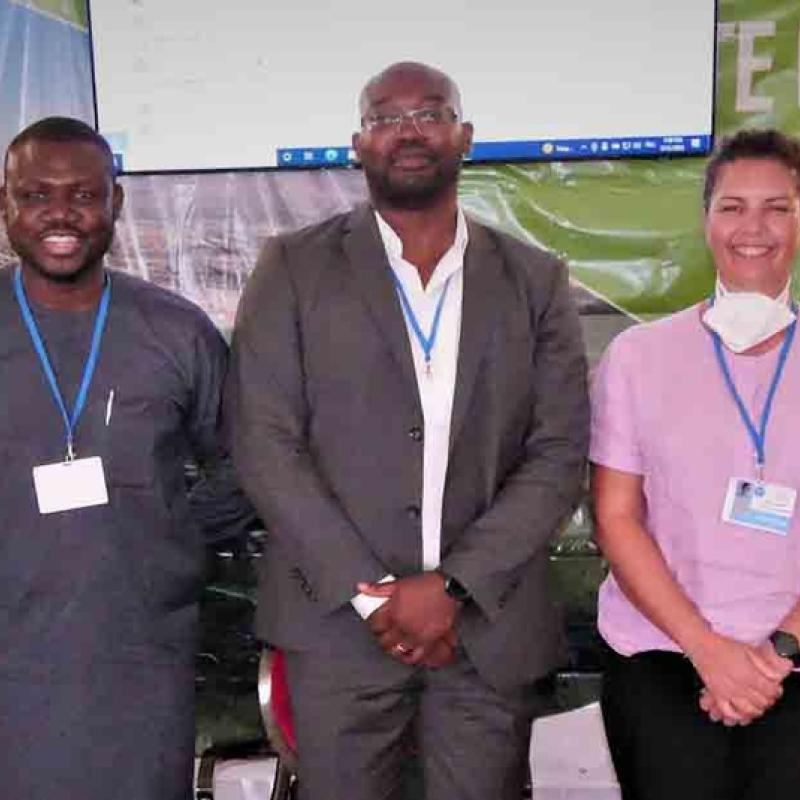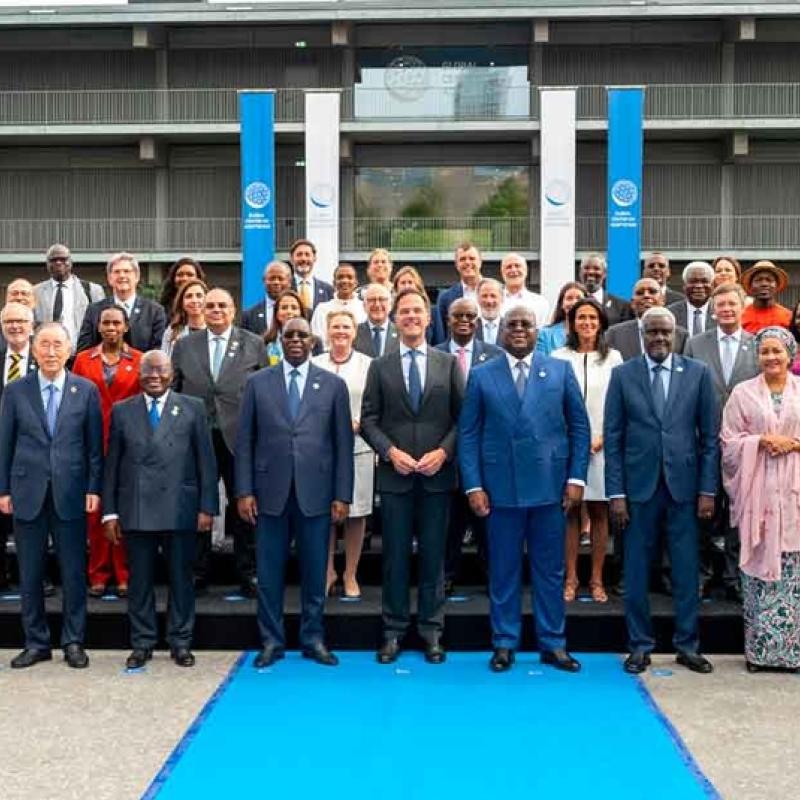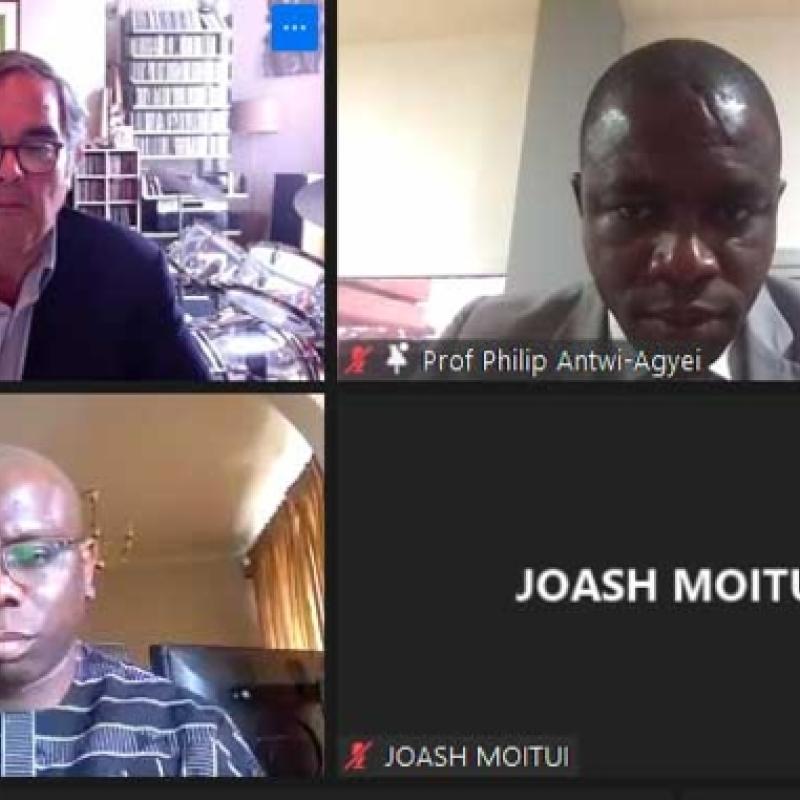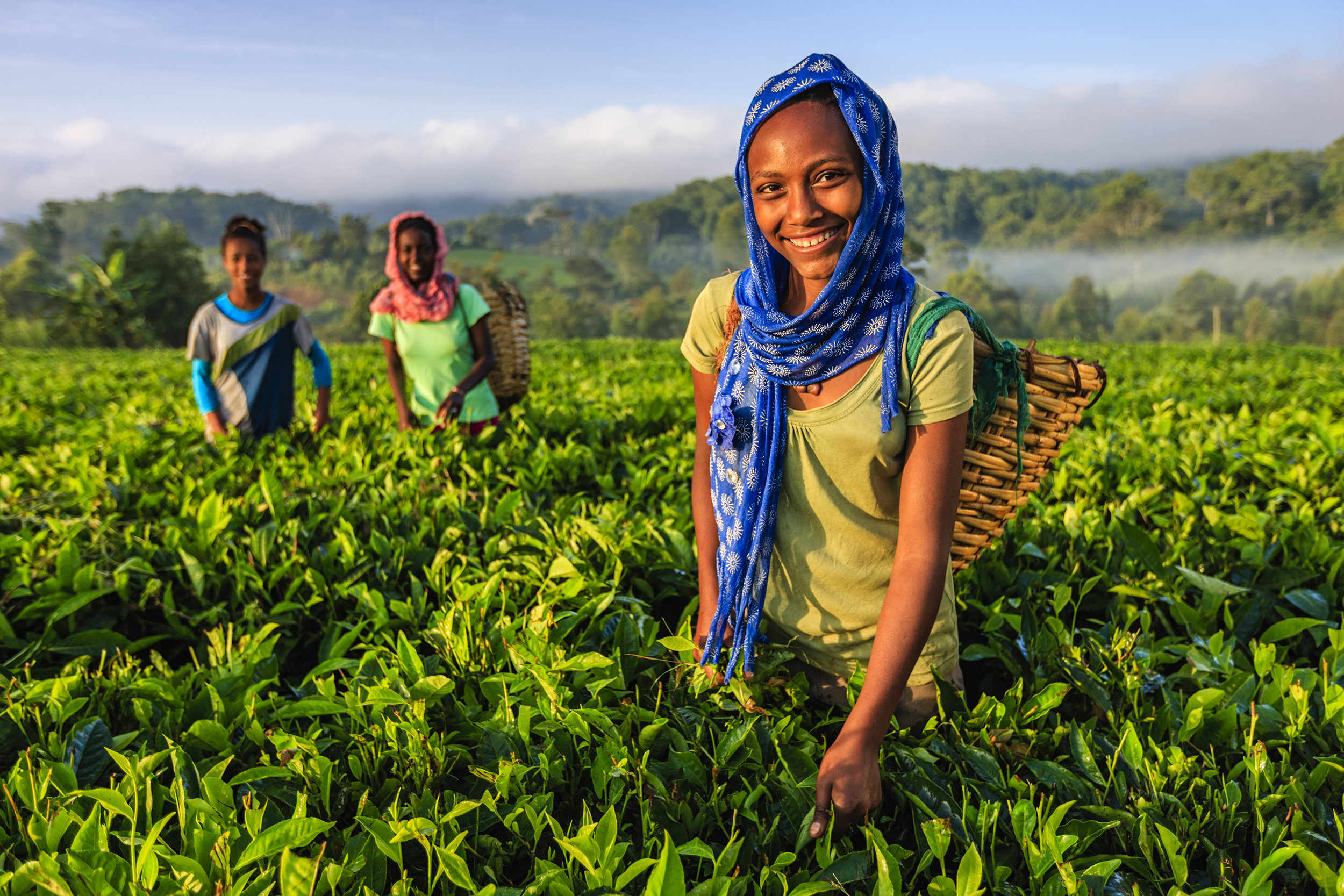
Food Security
Expected outcome
- Sustained uptake of adaptation solutions by farmers
- Digital literacy and adoption of digital and data enabled CSA technologies increased
- Systems and platforms developed and strengthened for digital or data enabled CSA services
- Knowledge and skills of agri sector workers, farmers, agri-SMEs to uptake climate smart agricultural technologies
- Agric sector workers, farmers, agric-SMEs knowledge and skills in climate-smart agriculture increased
30 million farmers in Africa
2025 Goal
To support one million youth with entrepreneurship skills and job creation. This pillar aims at creating millions of new jobs in climate adaptation, half of them for women. The program supports developing skills and knowledge on adaptation, promoting equality and equal opportunities, building the entrepreneurial capacity of African youth, and facilitating access to funding and mentorship to youth-led businesses, half of which will be women-led, in the adaptation space.
Description
This pillar aims to harness the powers of digital technological innovation and digitization to improve agricultural productivity and strengthen climate resilience. Its goal is to achieve sustained uptake of digital adaptation solutions for at least 30 million farmers in Africa, and to improve food security in 26 countries. The specific business lines of this AAAP pillar include:
- Thought leadership on climate-smart digital technologies in agriculture
- Supporting the design, mainstreaming, and adoption of climate-smart digital technologies into agriculture projects and programmes
- Enhancing the capacity of relevant people and institutions to implement projects with climate-smart digital technologies
- Monitoring, evaluation, and learning on the implementation of climate-smart digital solutions.
This pillar builds resilience into food security and rural wellbeing investment projects funded by different multilateral development banks, beginning with the African Development Bank and the World Bank. Current projects include regional and national ones on livestock, national adaptation, and food security resilience projects in different parts of Africa.
By June 2022, the pillar had influenced and leveraged multilateral development bank projects that will benefit 4.7 million direct beneficiaries. This pillar is also working on other investment projects, estimated to be worth $1 billion.
The programme to build resilience for food and nutritional security in the Horn of Africa, for example, is designed to expand access to climate services to more than 1.3 million farmers and pastoralists, and access to digital advisory services to more than 750,000 farmers. It aims to increase agricultural productivity (in crops and livestock) by 30%.
Another example is the programme for integrated development and adaptation to climate change in the Zambezi basin. This will lead to 400,000 farmers adopting climate-smart agriculture techniques and bring a 30% increase in the adoption of digital climate advisory services. The Ethiopia food security resilience project, meanwhile, is designed to support 2.4 million farmers to adopt resilience-enhancing technologies and practices, leading to 15% fewer people in programme-targeted areas being food-insecure, and a 20% increase in the yields of targeted crops.



